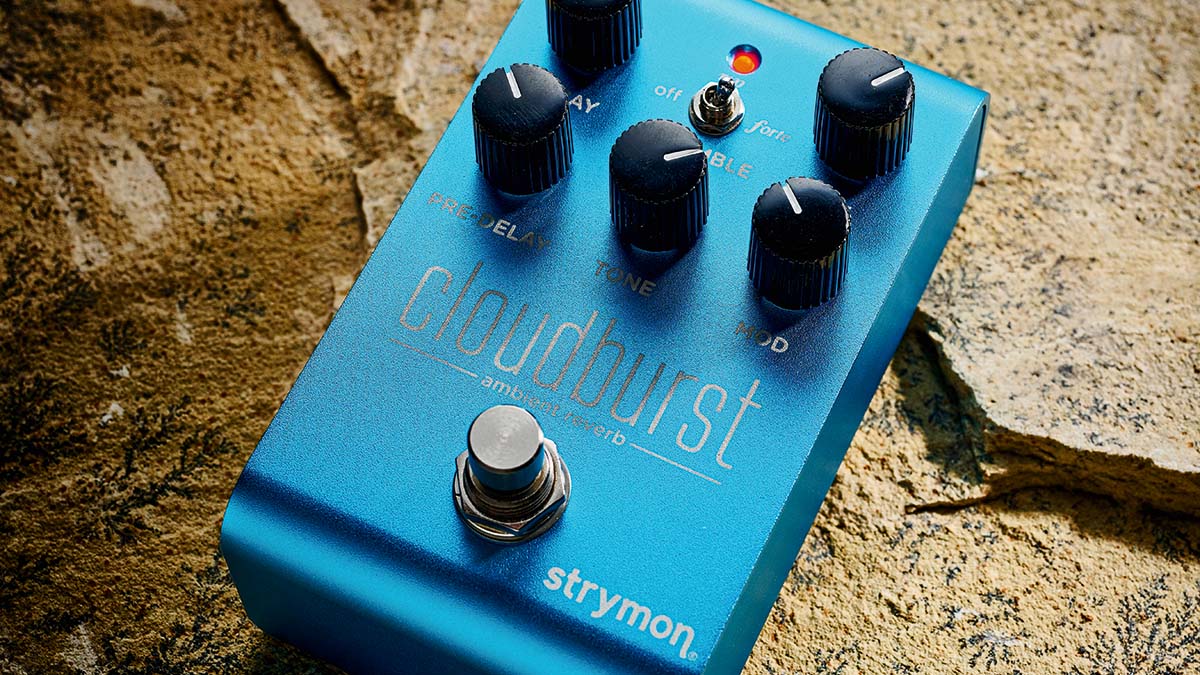Guitar World Verdict
While it can handle smaller spaces, the Cloudburst excels at dreamy textures, making it one of the most compelling compact ambient reverbs on the market, especially with the synth-like Ensemble feature.
Pros
- +
Compact size.
- +
Standard reverbs and huge ambiences in one pedal.
- +
MIDI capability.
- +
Footswitching options.
- +
No hidden secondary functions.
Cons
- -
We’d have liked to see this new series at a lower price point.
You can trust Guitar World
Strymon has released the first in a new range of smaller, slightly less expensive pedals in the form of the Cloudburst, an ambient reverb pedal.
With parallels to how Eventide took the popular Blackhole reverb algorithm from its Space pedal and gave it its own home as one of the dot9 pedal series, the Cloudburst offers an expanded version of the Cloud algorithm as found in Strymon’s flagship BigSky reverb pedal. While the Cloud algorithm is the starting point, it has been reworked to be a more versatile proposition.
The key to this is the function of the Decay knob, which simultaneously adjusts numerous internal parameters to set a character for the reverb that’s commensurate with the duration of the reverb tail it dials in.
There’s now much more scope to simulate smaller spaces as the original algorithm has been greatly expanded to allow shorter decay times. These are all before midday on the Decay knob, while beyond that you get the full ambient soundscapes of the original BigSky Cloud that runs to decays of over 50 seconds.
Also new is the Ensemble feature, which is closely related to a shimmer reverb and designed to generate rich pad sounds like a string section.
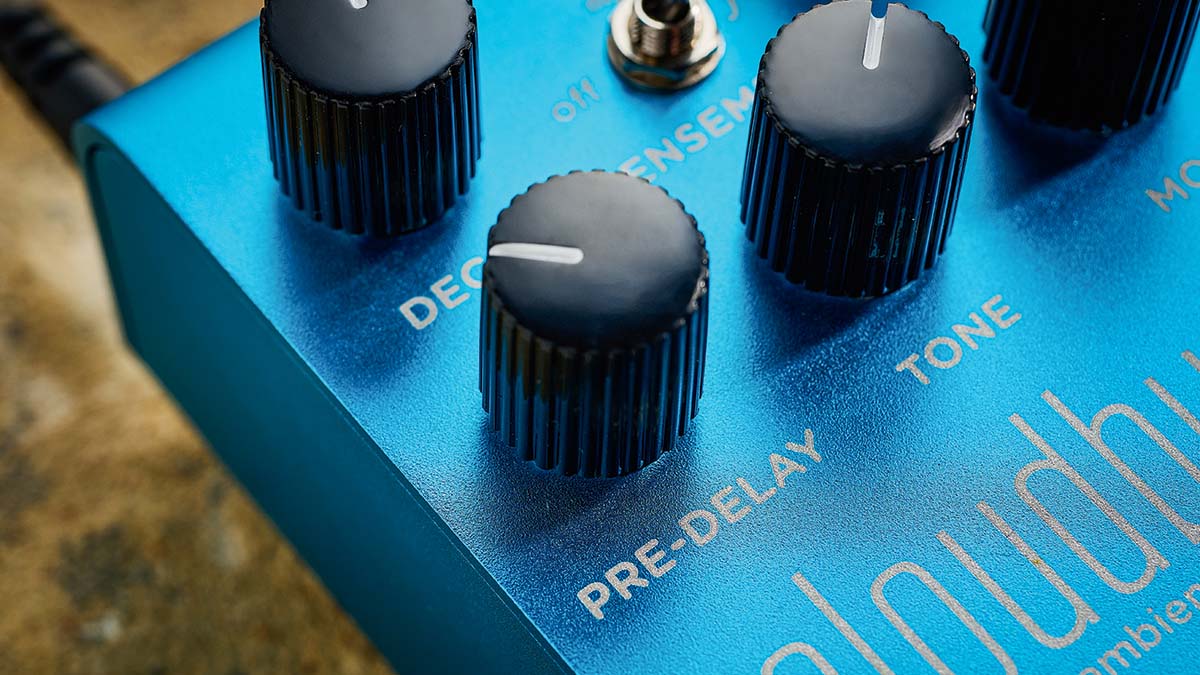
Physically, the Cloudburst will take up very little space on your pedalboard. It’s a similar width to a Boss Compact pedal but is shorter lengthwise, with socketry at the top end leaving smooth side panels that can butt up directly against another pedal. TRS jacks allow you to use the pedal in a standard mono chain, mono in/stereo out or stereo in/stereo out. A further EXP/MIDI jack has many functions, not least the full MIDI capability including access to 300 onboard presets.
Alternatively, you can connect an expression pedal for continuous control over any of the knobs, or set up various footswitch functions. A single footswitch can give you access to one preset, while a triple footswitch lets you access three presets.
You can also use a single footswitch for the Freeze and Infinite functions: Freeze allows you to infinitely sustain a section of reverb and play over it without the new notes being added to the reverb; Infinite sustains all the input signals with new notes played also being added to the reverb.
In Use
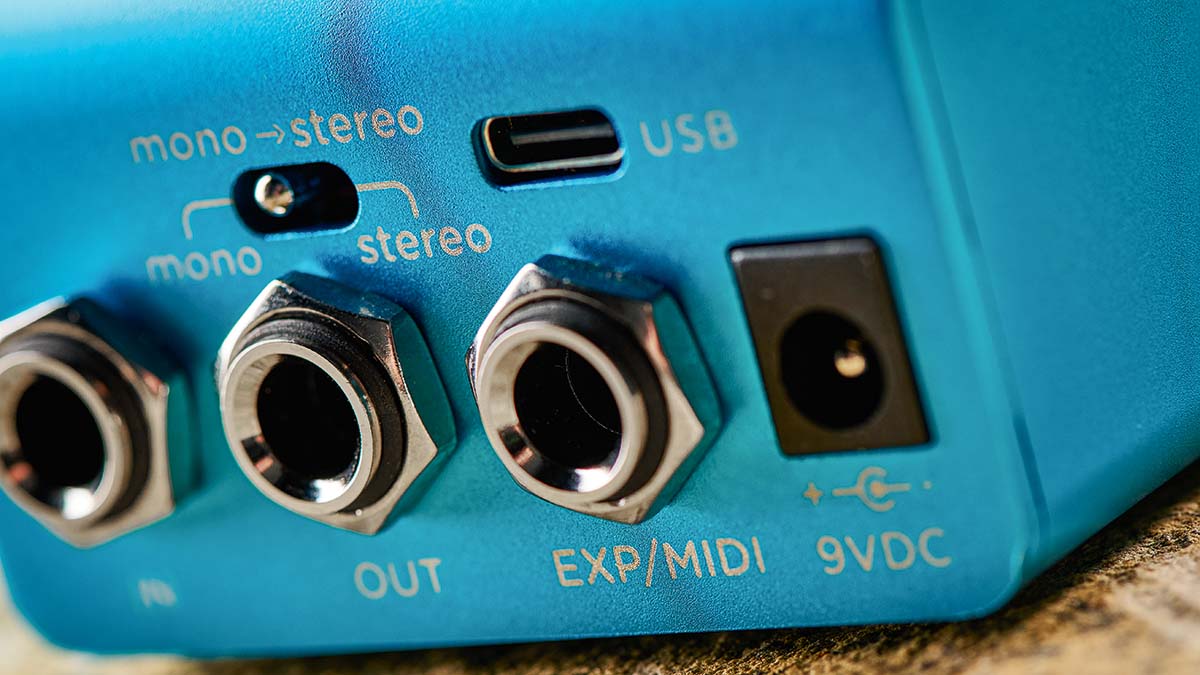
New and very welcome for a Strymon pedal is the WYSIWYG interface with no secondary functions assigned to the knobs in everyday use. Besides the Mix knob, which runs from fully dry to fully wet (50/50 mix is around three o’clock), your first port of call in setting the reverb sound is that Decay knob.
At lower levels of this you’ll find a range of practical options for putting a little air around your dry tone or building an authentic sense of a particular physical space from small rooms up to halls.
To get it to sit just right with your sound, the Tone knob gives you loads of room to manoeuvre whether it’s damping the reverb tail down for a darker sound or giving it some crisp prominence.
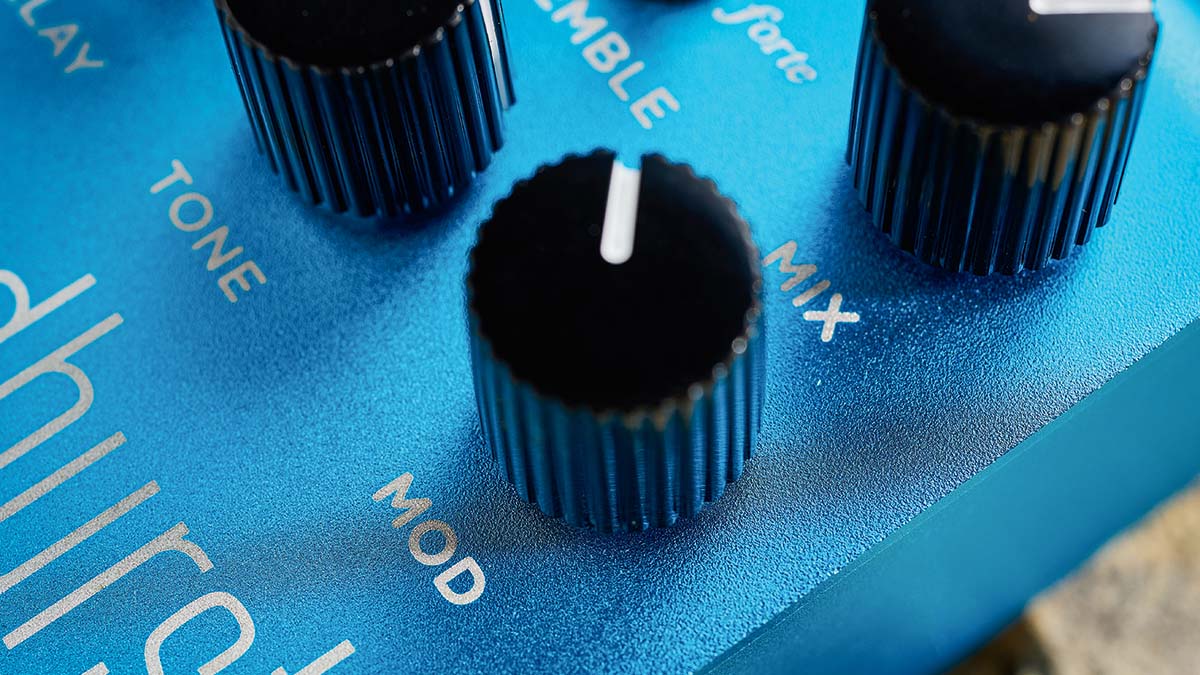
Also integral to dialling in the pedal just right is the Pre-Delay knob, which sets the small but crucial amount of time between your dry sound and the onset of delay. It is useful for further adjusting the sense of space you’re hearing and also for adding a touch of clarity in separating dry sound from the ambience, especially with denser reverb tails. It can even give you slapback with short decay times.
Whatever size of reverb you choose, you can build in added interest with the Modulation knob. Essentially akin to a chorus effect, adding a little movement to the sound, the knob turns up the modulation depth up to the midday position, but beyond that it increases the speed for a more distinct pitch modulation, eventually getting to the warble of a fast rotary speaker. Turning the Decay knob up past midday gets you into the longer reverbs characterised by a trail that just keeps hanging in the air.

Although the Ensemble effect can be used for enhancement on the shorter decays, it’s here that it really comes into its own as a distinct musical element.
Strymon says that it’s a dynamic effect that works by continuously analysing 48 different frequency bands, generating upper harmonic partials of what it finds in each frequency band – its sonic character being dependent on your playing.
In practice, it reacts naturally to your tonal shading, pick attack and volume, the sensitivity of the pedal’s Class A JFET preamp no doubt contributing.
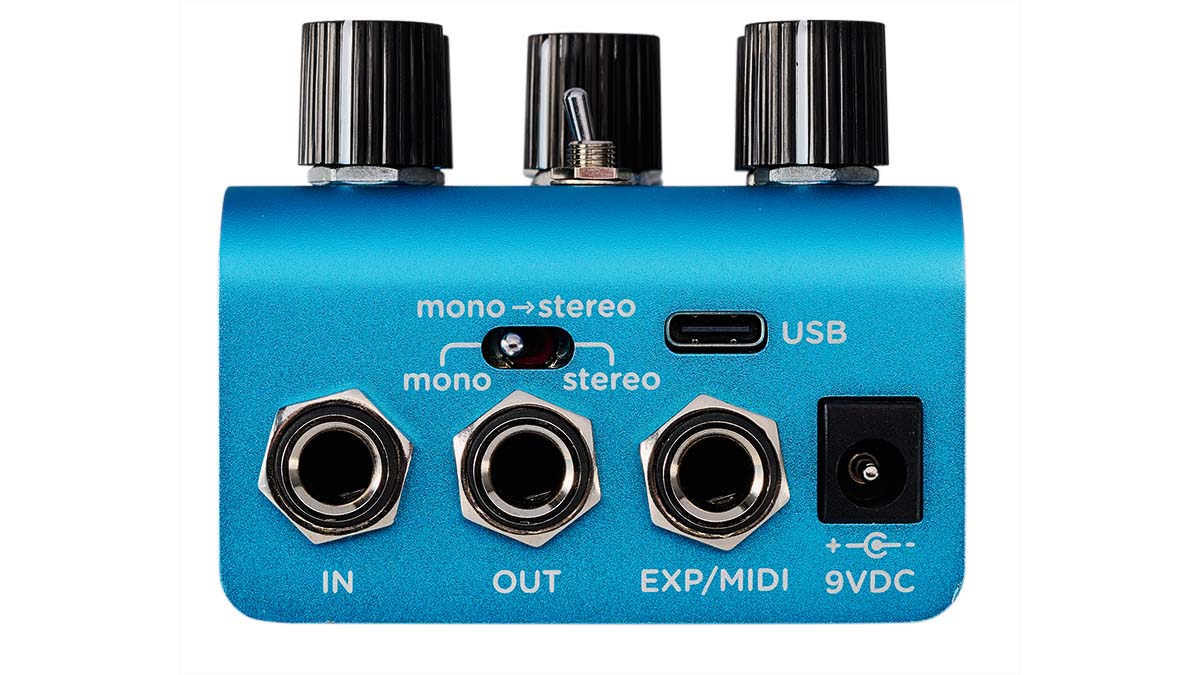
This generating of upper harmonics delivers a different effect in its ‘mp’ (mezzo piano, moderately soft) and ‘forte’ (loud) modes. The former could best be described as adding a rich enhancement, but the forte setting sounds like you’ve got a sustained string section, not unlike the sound of a 1970s Solina string synth, lurking behind your guitar.
Turn up the decay, set a sufficiently high mix ratio, switch to forte and set the Tone and Mod to taste, and it can feel like your sound is floating on a spongy cloud of reverb and sparkly stuff.
Okay, so not everyone can integrate atmospheric ambient washes into their music, but most players can benefit from a high-quality flexible reverb pedal – and this is exactly that, but it’s one with plenty of fairy dust should you feel the need.
Verdict
While this is a single-algorithm pedal rather than the sort with selectable multiple reverb types, Strymon has designed it so cleverly that it can cover a much wider range than might normally be anticipated.
If you’re looking for classy, long ambient reverbs – with or without textural atmospheric pad sounds – you’ll find them here, in addition to a very practical range of more conventional reverbs for everyday use.
The compact size combined with the fact that everything is taken care of by a really simple interface makes it a practical proposition for any pedalboard, either as a main reverb or as a creative partner to your regular reverb pedal.
Specs
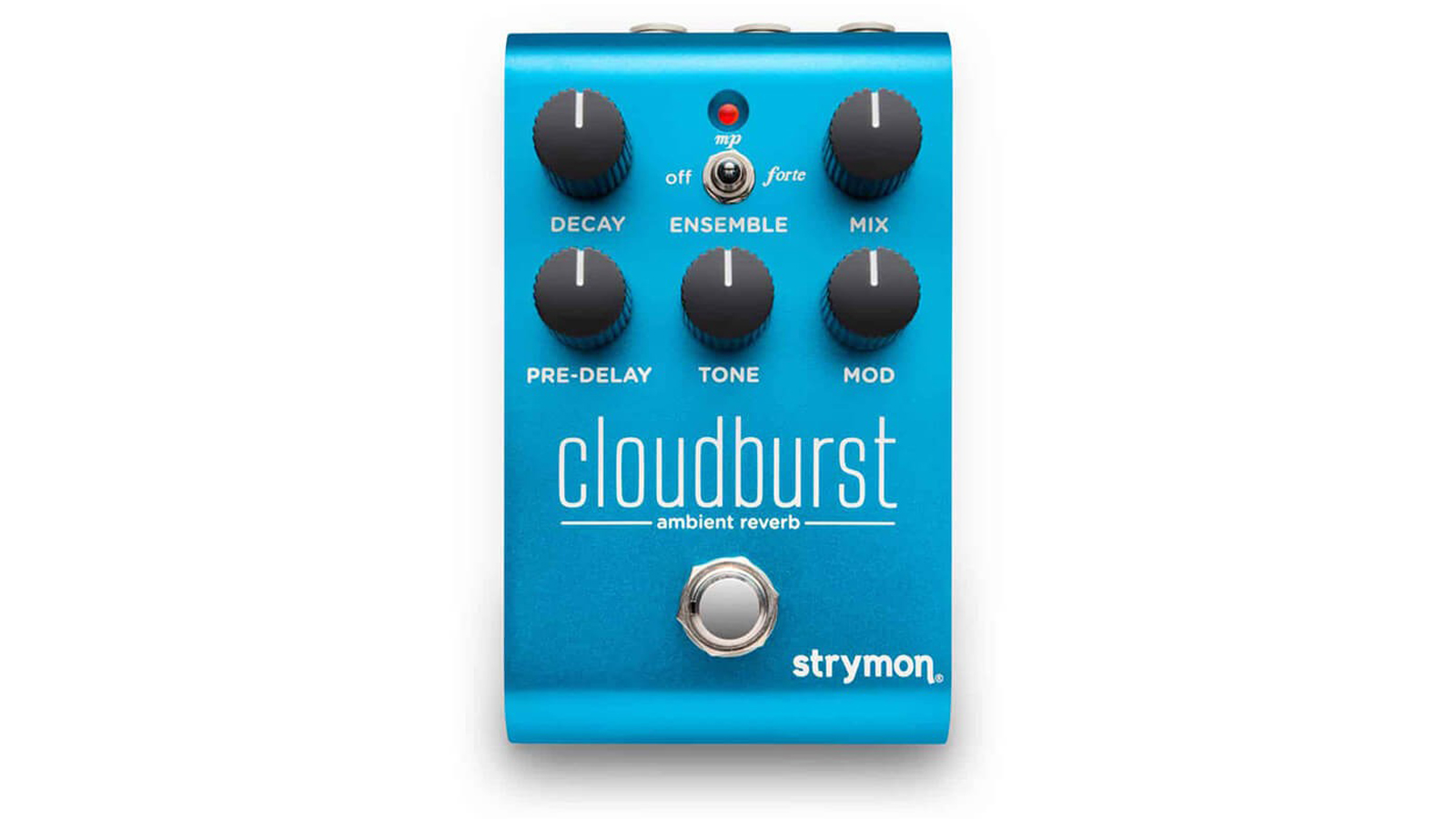
- PRICE: $/£279
- ORIGIN: USA
- TYPE: Ambient reverb pedal
- FEATURES: True or buffered bypass, full MIDI implementation, 300 presets, JFET preamp input, Spillover mode, kill-dry function, USB for MIDI I/O and upgrades
- CONTROLS: Decay, Mix, Pre-Delay, Tone, Mod, Ensemble switch, mono/stereo switch, Bypass footswitch
- CONNECTIONS: Standard TRS input, standard TRS output, standard TRS EXP/MIDI, USB
- POWER: 9V DC adaptor (not supplied) 250ma minimum
- DIMENSIONS: 68 (w) x 115 (d) x 54mm (h)
- CONTACT: Strymon
Trevor Curwen has played guitar for several decades – he's also mimed it on the UK's Top of the Pops. Much of his working life, though, has been spent behind the mixing desk, during which time he has built up a solid collection of the guitars, amps and pedals needed to cover just about any studio session. He writes pedal reviews for Guitarist and has contributed to Total Guitar, MusicRadar and Future Music among others.
“The original Jordan Boss Tone was probably used by four out of five garage bands in the late ’60s”: Unpacking the gnarly magic of the Jordan Boss Tone – an actual guitar plug-in that delivers Dan Auerbach-approved fuzz
“This is a powerhouse of a stompbox that manages to keep things simple while offering endless inspiration”: Strymon EC-1 Single Head dTape Echo pedal review
